Eating Sustainable Seafood
Confused about how to make the right choices when buying seafood. You’re not alone. Questions about where it came from, how it’s caught and is it safe float around in my head every time I approach the counter. Here are few suggestions for making an informed decision and eating sustainable seafood.

Fish is an important part of our food supply chain. You want to make sure that the particular type of fish you are buying is caught and harvested in a sustainable way. In the US, The Magnuson-Stevens Fishery Conservation and Management Act that governs fisheries has a worldwide reputation for some of the strictest standards. Buying US caught seafood is a great place to start.
Shrimp is one of my favorite seafoods, so this is one I struggle with, as it can be hard to find shrimp from the US. Shrimp has been unregulated and overfished, and now we are eating over 90% of our shrimp imported from foreign farms. Eco-systems are being destroyed and protective mangroves uprooted to make way to aquaculture ponds. Reared in close environments, the shrimp are antibiotic fed to keep them from developing disease in the overcrowd pools they live in. Anyone hungry? There are farms in the United States that are responsibly raising shrimp, and you’ll read more in a follow up post. The best choice for shrimp on my dinner table is shrimp from Alaska.
Above, the crew of the Pacific Prince, a 149-foot pollock trawler, use innovative net design and a cutting-edge data feedback system to catch fewer unwanted fish. Photo via One of the most difficult pieces of the seafood puzzle is determining the number of fish that can be safely harvested to insure the species can regenerate. A variety of scientists work together with fisherman and use their observations to form a complicated algorithm to track and predict future populations.
My favorite source to use is the Seafood Watch of Montery Bay Aquarium . They have a terrific app you can download and check on all kinds of seafood. They offer recommendations and alternatives that are similar in taste if the fish in question is on the endangered list. They have a state by state list of best choice, good alternatives and those to avoid. This is from their sushi page
The most important thing you can do if you are interested in eating sustainable seafood is to get educated. Ask your fish monger and the restaurants you frequent if they sell and serve sustainable seafood. {and that will NOT be a yes at Red Lobster} Then support the ones that give you the right answer. These direct actions have an impact, a small, convertible action that can have a big result. You can even double dip environmental points by doing it on a Meatless Monday!


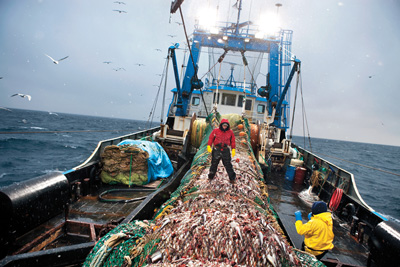
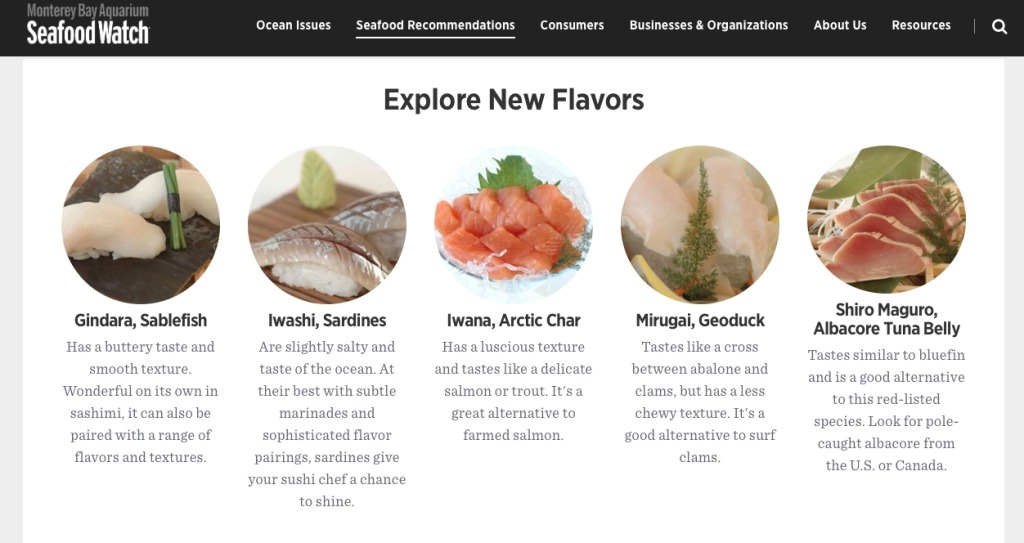




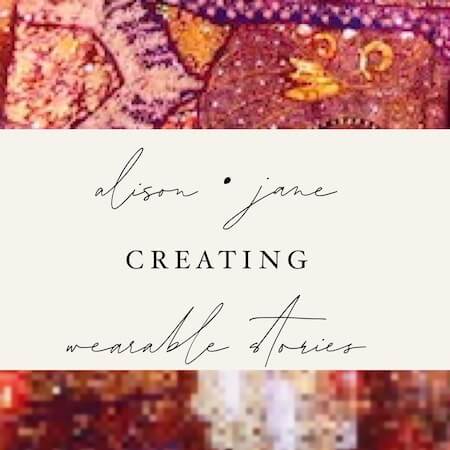








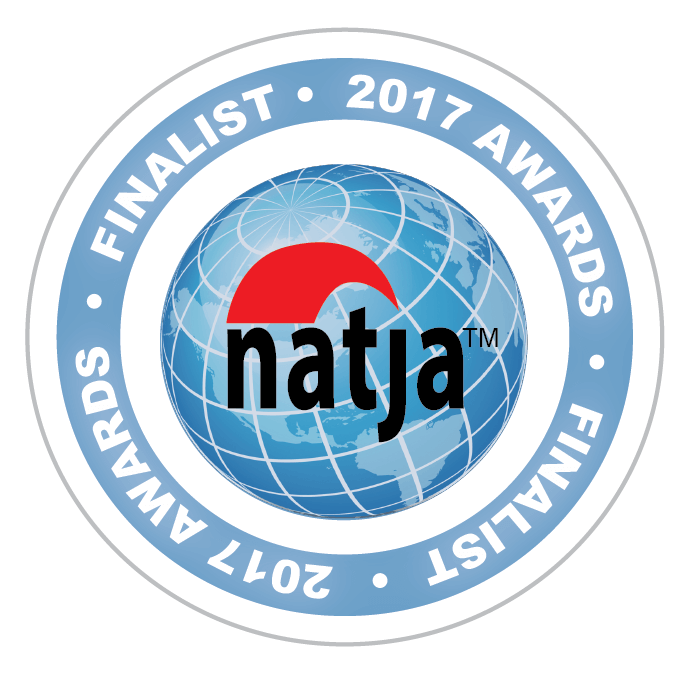


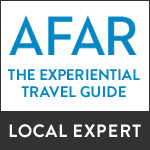

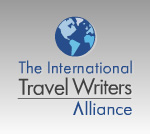




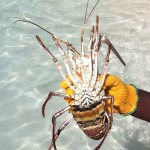

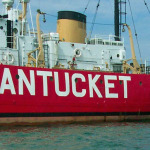



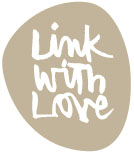




I just found this post! Thanks for the advice. I love seafood, but am torn when ordering it because of our overfishing and contamination. I’m definitely going to download the Montery Bay app! Thanks for the advice!!
Sadie-thanks so much for taking the time to leave a comment. The APP will guide you and I appreciate your effort to join the sustainable seafood movement!